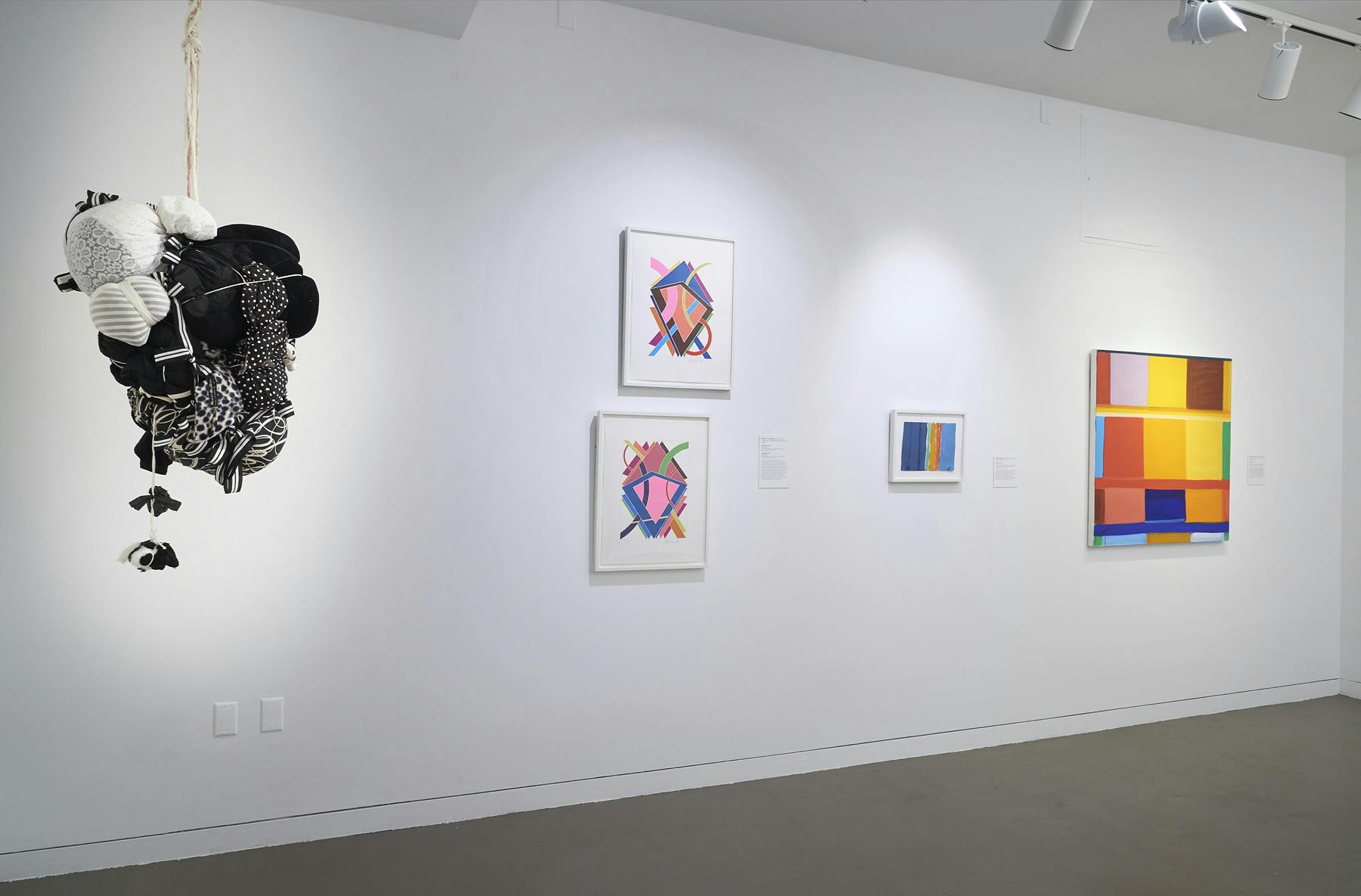Bill Traylor
(1854–1949)Bill Traylor drew from the life around him, recording memories of days on the plantation and the changing cityscape of Montgomery, and producing a unique perspective on racially fraught life in the American South in the twentieth century.
Biography
Bill Traylor was enslaved at birth on an Alabama plantation in Dallas County. In 1863, he and his family were moved to a plantation belonging to his slaver’s brother in nearby Lowndes County. They remained there as laborers even after the Emancipation Proclamation two years later. He worked as a laborer and sharecropper until around 1908 and settled as a tenant farmer near Montgomery by 1910. Over his lifetime, Traylor had three wives and at least fifteen children. His last wife died in the mid-1920s, at which point he subsisted on odd jobs and a government welfare stipend. Nearly all his children moved north during the Great Migration of the 1910s and 1920s.
In 1939, when he was eighty-five, Traylor began to draw despite having never trained or studied art. Charles Shannon, a fellow painter, befriended him and provided Traylor with money and materials, in addition to collecting his work. Traylor’s works on paperboard are steeped in traditions of storytelling, singing, healing, and survival. He drew from the life around him, recording memories of days on the plantation and the changing cityscape of Montgomery, and producing a unique perspective on racially fraught life in the American South in the twentieth century. His deceptively simple images of dogs, snakes, and people use symbolism, allegory, and abstraction to address issues ranging from literacy to lynching. His most prolific period of work lasted from 1939 until 1942, though he continued to make art until his death.
Traylor passed away in 1949. His art was featured in a few exhibitions during the last decade of his life but did not attract widespread attention until the 1970s. He was buried on the outskirts of Montgomery in a grave that remained unmarked until 2018. His paintings have been posthumously celebrated for their charting of his life and memories. The Studio Museum has presented his work in group exhibitions including The Fine Art of Collecting II (1985); Bill Traylor, William Edmondson and the Modernist Impulse (2005); and Represent: Selections from the Permanent Collection of The Studio Museum in Harlem (2007).
Exhibitions and Events
Bill Traylor
(1854–1949)Bill Traylor drew from the life around him, recording memories of days on the plantation and the changing cityscape of Montgomery, and producing a unique perspective on racially fraught life in the American South in the twentieth century.
Untitled (dog), n.d.
Biography
Bill Traylor was enslaved at birth on an Alabama plantation in Dallas County. In 1863, he and his family were moved to a plantation belonging to his slaver’s brother in nearby Lowndes County. They remained there as laborers even after the Emancipation Proclamation two years later. He worked as a laborer and sharecropper until around 1908 and settled as a tenant farmer near Montgomery by 1910. Over his lifetime, Traylor had three wives and at least fifteen children. His last wife died in the mid-1920s, at which point he subsisted on odd jobs and a government welfare stipend. Nearly all his children moved north during the Great Migration of the 1910s and 1920s.
In 1939, when he was eighty-five, Traylor began to draw despite having never trained or studied art. Charles Shannon, a fellow painter, befriended him and provided Traylor with money and materials, in addition to collecting his work. Traylor’s works on paperboard are steeped in traditions of storytelling, singing, healing, and survival. He drew from the life around him, recording memories of days on the plantation and the changing cityscape of Montgomery, and producing a unique perspective on racially fraught life in the American South in the twentieth century. His deceptively simple images of dogs, snakes, and people use symbolism, allegory, and abstraction to address issues ranging from literacy to lynching. His most prolific period of work lasted from 1939 until 1942, though he continued to make art until his death.
Traylor passed away in 1949. His art was featured in a few exhibitions during the last decade of his life but did not attract widespread attention until the 1970s. He was buried on the outskirts of Montgomery in a grave that remained unmarked until 2018. His paintings have been posthumously celebrated for their charting of his life and memories. The Studio Museum has presented his work in group exhibitions including The Fine Art of Collecting II (1985); Bill Traylor, William Edmondson and the Modernist Impulse (2005); and Represent: Selections from the Permanent Collection of The Studio Museum in Harlem (2007).

